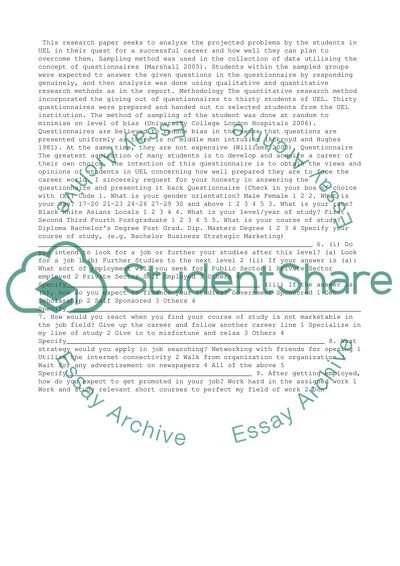Cite this document
(“Problems that UEL Students Expect to Have Essay”, n.d.)
Retrieved from https://studentshare.org/business/1393591-assignment
Retrieved from https://studentshare.org/business/1393591-assignment
(Problems That UEL Students Expect to Have Essay)
https://studentshare.org/business/1393591-assignment.
https://studentshare.org/business/1393591-assignment.
“Problems That UEL Students Expect to Have Essay”, n.d. https://studentshare.org/business/1393591-assignment.


